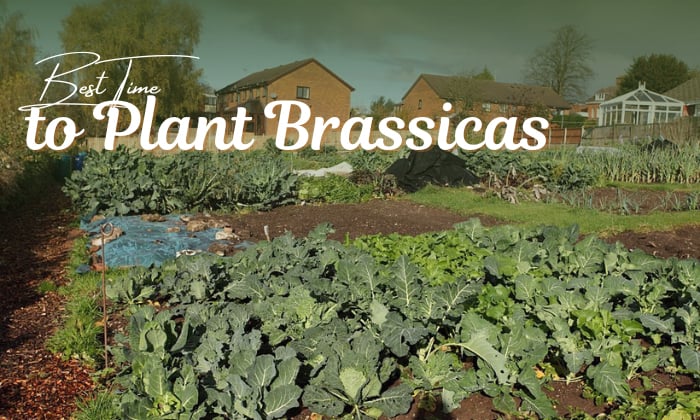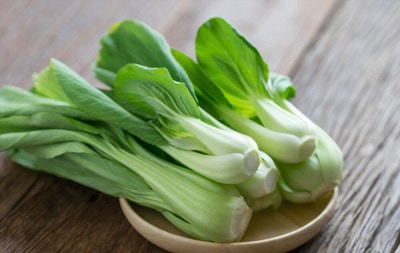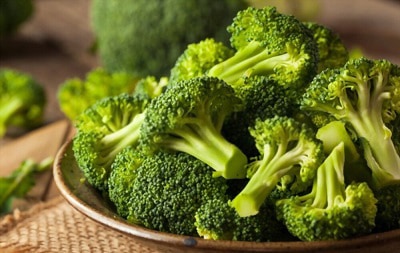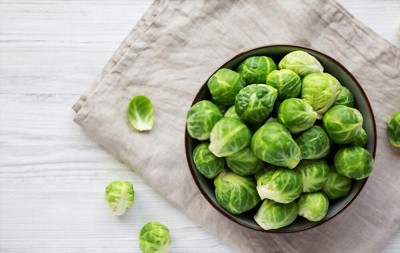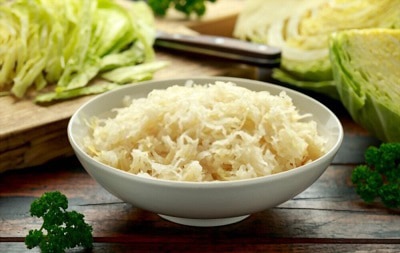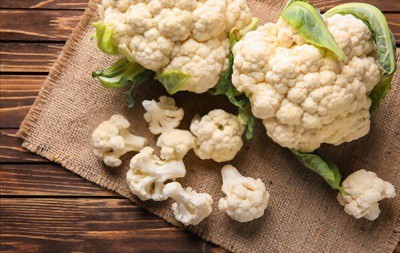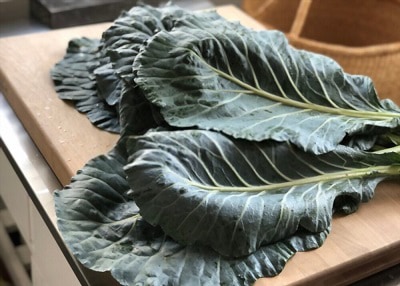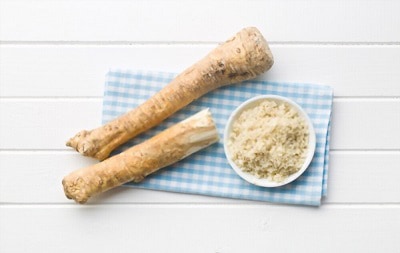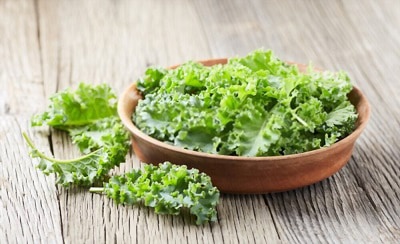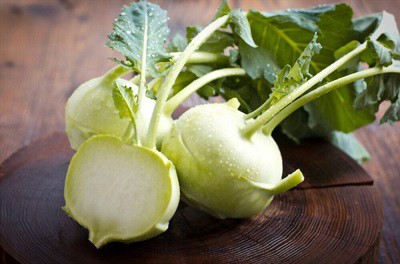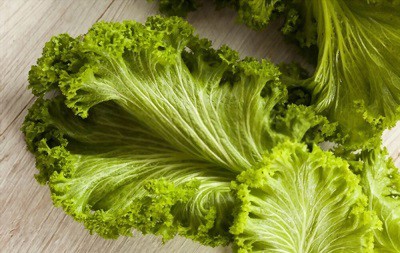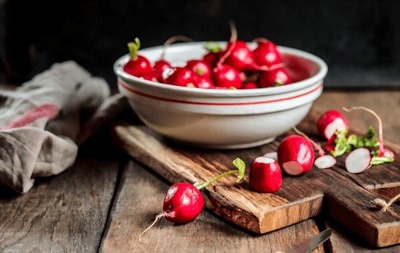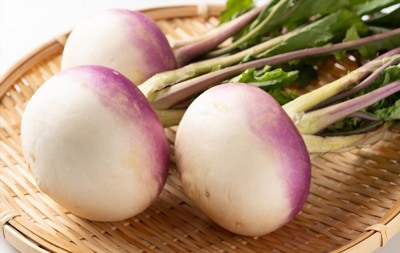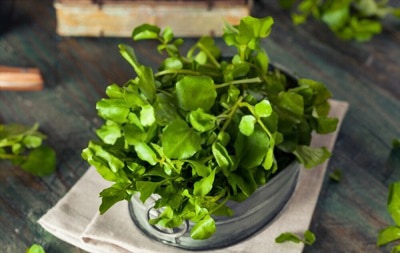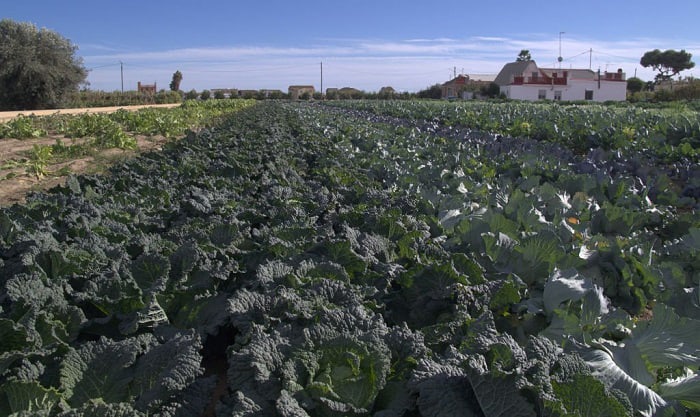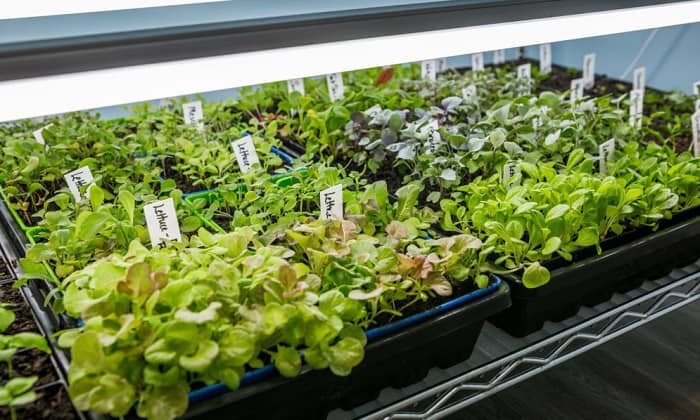Growing brassicas are generally easy to plant, making it a fun and rewarding endeavor for gardeners. However, it is essential to know when to plant them if you want to harvest on time.
So, when to plant brassicas? Do so from March 1 to May 15 for spring planting and July 16 to August 30 for fall planting. These dates are estimates and vary depending on location, whether you’re planting them indoors or outdoors, and brassica species.
Read further this article for more information!
Table of Contents
Best Time to Plant Brassicas
1. For spring crops
Spring planting typically starts in early April, from the 1st to the 15th, if directly sown outdoors. When grown in pots and other containers indoors, they are sown from March 1 to 15 and then transplanted outdoors from April 15 to May 15.
These dates vary depending on the location and type of brassica you want to plant. Brussels sprouts may even take until June to transplant.
A good rule of thumb when planting in spring is to directly sow outdoors 2 weeks and plant indoors 6 weeks before the last spring frost in your area. This way, they are harvested from late June to August.
2. For fall crops
Plant fall brassicas in mid to late summer, from July 16 to August 30, if you plan to sow directly in your field. When starting seeds indoors, sow from June 1 to 15, then transplant seedlings outdoors from July 1 to August 30.
Again, these dates vary based on location and brassica type. A good rule of thumb for fall planting is to do so 6 to 8 weeks before the first fall frost in your area. As such, fall-planted brassicas will be ready for harvest starting in September to November.
3. Planting based on frost dates
Based on the rule of thumbs above, you can now estimate planting dates by knowing your average last spring and first fall frost in your USDA Hardiness Zone:
| Zone | Average Last Spring Frost Date | Average First Fall Frost Date |
| 2 | May 15 to 22 | September 1 to 8 |
| 3 | May 1 to 16 | September 8 to 15 |
| 4 | April 24 to May 12 | September 12 to October 7 |
| 5 | April 7 to 30 | October 13 to 21 |
| 6 | April 1 to 21 | October 17 to 31 |
| 7 | March 22 to April 3 | October 29 to November 15 |
| 8 | March 13 to 28 | November 7 to 28 |
| 9 | February 6 to 28 | November 25 to December 13 |
Note that while brassicas generally grow from Zone 2 to 11, Zones 10 and 11 do not usually experience frost. As such, just plant based on the spring and fall dates given above.
What Does Brassica Look Like?
They generally have pale green leaves that are thick, lobed, and fleshy but appearance largely varies depending on the type of brassica, age, and growing conditions.
The picture below shows some of the different brassica species and what they look like:
1. Brassica Nutrition
Brassicas are dubbed as nutritional powerhouses as they are known for being a good source of soluble fiber, Vitamin C, and compounds containing sulfur which lessen the probability of cancers in the digestive tract.
Additionally, the usual annual forages used to feed deer are brassicas since they provide good nutrition and are fast growers. This is why when owners grow forage to supply for their deers, it usually involves the creation of a brassica food plot.
2. Various Types of Brassicas
Refer to the table below for a guide on the many types of brassicas and their characteristics:
1. Bok Choy
- USDA Hardiness Zones: 2 to 11
- When to Plant: Fall or spring when temperatures are between 40°F to 75°F
- Days to Maturity: 30 to 50
2. Broccoli
- USDA Hardiness Zones: 2 to 11
- When to Plant: Fall or spring when temperatures reach 60°F to 75°F
- Days to Maturity: 50 to 100
3. Brussel Sprouts
- USDA Hardiness Zones: 2 to 9
- When to Plant: Early spring or fall when temperatures range from 45°F to 75°F
- Days to Maturity: 80 to 130
Read more: Best Time to Plant Brussel Sprouts in:
4. Cabbage
- USDA Hardiness Zones: 1 to 10
- When to Plant: Early spring or fall when temperatures are between 60°F to 65°F
- Days to Maturity: 30 to 60
5. Cauliflower
- USDA Hardiness Zones: 2 to 11 when temperatures range from 60°F to 75°F
- When to Plant: Summer or fall
- ays to Maturity: 50 to 100
6. Collards
- USDA Hardiness Zones: 8 to 10
- When to Plant: Spring or fall when temperatures range from 45°F to 85°F
- Days to Maturity: 60 to 80
7. Horseradish
- USDA Hardiness Zones: 3 to 8
- When to Plant: Early spring or fall when temperatures are between 60°F to 65°F
- Days to Maturity: 140 to 160
8. Kale
- Flavor Profile: Strong earthy taste when raw and mildly sweet once cooked
- USDA Hardiness Zones: 7 to 10
- When to Plant: Late winter to early spring or late summer as long as soil temperatures are between 60°F to 65°F
- Days to Maturity: 55 to 95
9. Kohlrabi
- Flavor Profile: Mildly sweet and peppery, similar to the taste of broccoli stems
- USDA Hardiness Zones: 2 to 11
- When to Plant: Spring or fall when temperatures are consistently between 65°F to 75°F
- Days to Maturity: 45 to 60
10. Mustard Greens
- Flavor Profile: Slightly bitter, peppery, and has a pungent taste
- USDA Hardiness Zones: 6 to 11
- When to Plant: Early spring to early fall when soil temperatures are 40°F to 80°F
- Days to Maturity: 20 to 70
For more details about the best time to plant, click here!
11. Radish
- Flavor Profile: Spicy and uniquely peppery when raw and sweet but mildly spicy when cooked
- USDA Hardiness Zones: 2 to 11
- When to Plant: Spring or fall when temperatures are consistently 70°F or higher
- Days to Maturity: 22 to 70
12. Turnip
- Flavor Profile: Sweet with spicy undertones when raw. Most of its spiciness dissipates when cooked.
- USDA Hardiness Zones: 2 to 9
- When to Plant: Spring to early fall when soil temperatures are between 40°F to 75°F
- Days to Maturity: 35 to 70’
13. Watercress
- Flavor Profile: Mildly bitter, pungent, and peppery when raw. It is less pungent when cooked.
- USDA Hardiness Zones: 3 to 11
- When to Plant: Spring to late fall when soil temperatures range from 50°F to 60°F
- Days to Maturity: 28 to 49
Planting Brassicas Outdoors
- Prepare the seedbed by tilling and raking until the soil is firm and finely textured.
- Remove any weeds and perform a soil test to supply any lacking nutrients, if needed, through fertilizing or mulching.
- If you don’t know what type of brassica to plant, you can use the sweet feast brassica blend, including kale, forage rape, 3 types of turnips, and radish. You can also select the winfred brassica, which is adaptable to all climates.
- After choosing, sow seeds a quarter inch deep into the soil using a hand spreader. The seeding rate can be as low as 5 to 10 pounds per acre. To maximize brassica production in larger areas, you can apply another 30 to 50 lb bag per acre.
- Water deeply at least once weekly, not letting the soil dry out completely.
Growing Brassicas Indoors
- You can plant brassicas seed in plastic trays or peat pots and containers. The size depends on the type and cultivar of brassica being grown, with the usual range being 8 inches to 18 inches in diameter.
- Fill your chosen pot with soil mixture and evenly firm it. Readily-available pre-mixed soil mixes can be purchased at garden centers, or you can mix loam, sand, and organic matter at a 2:1:1 ratio.
- Plant 2 to 3 seeds per cell or pot at a quarter to half an inch depth, then lightly cover them with vermiculite, sand, or soil that has been screened.
- Thoroughly water your brassica seed after planting, then cover using clear plastic. Place it in an adequately warm room until they begin germinating. Lastly, continue watering your plants at least once weekly.
Tips in Taking Care of Brassicas
1. Location
Brassicas should be planted in a sunny spot where they can receive full exposure to sunlight and enjoy moderate temperatures.
Generally, they require at least 6 hours of daily sunlight. However, this depends on the type of brassica being grown. For example, broccoli and cabbage thrive in full sunlight while turnips and kale prefer partly-shaded areas.
2. Soil
Prior to planting, perform a soil test to determine what nutrients your soil lacks. Brassicas prefer organically-rich, well-draining, loamy to sandy soil with pH levels ranging from 5.5 to 7.5 and temperatures between 40°F to 85°F.
3. Water
Water your brassicas weekly with at least an inch of water. The soil shouldn’t be allowed to completely dry out. During days with intense and hotter temperatures, increase the frequency of watering.
4. Fertilizer
If your soil is sufficiently fertile according to the soil test you performed, fertilizer won’t be necessary during the growing season. However, if your soil is not fertile enough, applying a slow-release fertilizer or compost is highly suggested.
Avoid fertilizing in the middle of the summer so that they build up enough resistance to cold temperatures and frost in the fall.
5. Harvest
Harvesting depends on the type of brassica planted but it usually entails cutting crowns, heads, shoots, stems, leaves and/or collecting seeds.
Brassica germination time is usually between 3 to 10 days if optimal soil temperatures are achieved, but it will take around 20 to 160 days until they reach maturity and are ready for harvesting depending on the brassica type.
Frequently Asked Questions
Can I plant brassicas every year?
Brassicas should be part of a rotational food plot system where they are grown every two years but should not be planted in the same area for 3 succeeding years. This is to avoid problems regarding pests and diseases.
When do brassicas stop growing?
It depends on the type of brassica. Generally, they reach maturity within 6 to 22 weeks. During this timeframe or once they achieve their mature size, they completely stop growing.
How late can I plant brassicas?
You can plant them as late as 2 weeks before the average spring frost date in your area, so better take a look at your USDA Hardiness Zones.
What is the best brassica deer plot?
The best brassicas food plot for deers usually involves rape since it develops quickly and is adaptable to various temperatures. Also, DIY, brassicas, for deer, is a sweet and tasty food.
Conclusion
Congratulations! You now know when to plant brassicas. This way, you can grow a vegetable garden in the comfort of your own lawn, backyard, or field.
Remember that not only is timing important but so are frost dates, species and cultivars of brassicas, and their requirements for location, sunlight, soil, water, and fertilizer.
As long as you remember and follow the guide we provided you above, you will have a healthy variety of brassicas in no time!

Hi, I am William – Floridayards’ digital content creator. My job is to find answers to all your concerns with thorough research and our team’s expert advice. I will also bring you honest reviews on the best products and equipment for raising your beautiful garden. Please look forward to our work!


